
I Choose Life-Africa works with communities in counties to improve knowledge and rights to increase demand for quality health care delivery. Service providers in health facilities have been trained to provide appropriate quality health care services to the referred clients.
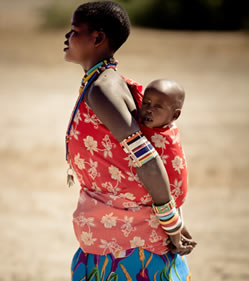 Maternal mortality is unacceptably high. About 800 women die from pregnancy- or childbirth-related complications around the world every day. In 2013, 289,000 women died during and following pregnancy and childbirth. Almost all of these deaths occurred in low-resource settings, and most could have been prevented.
Maternal mortality is unacceptably high. About 800 women die from pregnancy- or childbirth-related complications around the world every day. In 2013, 289,000 women died during and following pregnancy and childbirth. Almost all of these deaths occurred in low-resource settings, and most could have been prevented.
The risk of maternal mortality is highest for adolescent girls under 15 years old and complications in pregnancy and childbirth are the leading cause of death among adolescent girls in developing countries. Almost all maternal deaths (99%) occur in developing countries. A huge proportion of Kenya’s population, poor women and youth, are excluded from good health care, especially in rural areas where there are few facilities and not many people can afford to use them. The social security system is inadequate and health services are often of poor quality; financial resources are insufficient and they are not used to the best possible effect.
Establishment of a community health unit KES. 1,000,000.
Project Goal
The goal of the project is to reduce risky behaviour in sexual and reproductive health among youth in tertiary and institutions of higher learning and their social networks in the surrounding communities.
Project Objectives
Achievements
Scope
The project is implemented in Laikipia, Narok and Nakuru counties
Our Partners
Jiimarishe APHIA Western has directly contributed to result area 3 of the USAID Funded APHIA Plus Western Project. The result area seeks to see increased use of quality services, products and information. The Project implements a combination prevention program targeting youth in and around institutions of higher learning, with a special focus on Sexually Active Young Women (SAYW).
Project Goal Jiimarishe APHIA Western’s goal is to support Ministries of Health and other relevant partners to improve health outcomes and impact through sustainable country led programs and partnerships.
Project Objectives
Achievements
Scope The project is implemented in Kisumu, Kakamega and Siaya counties targeting – Maseno University, Kisumu Polytechnic; Masinde Muliro University of Science and Technology; Jaramogi Oginga Odinga University of Science and Technology (JOOUST)
Our Partners
Project Goal The project seeks to achieve primary prevention of HIV infection and improving support to Persons Living with HIV and AIDS. Project Objectives
Achievements
Scope
The project covers: Nandi, Kericho Bomet counties
Our Partners
PEPFAR CDC through Walter Reed Project
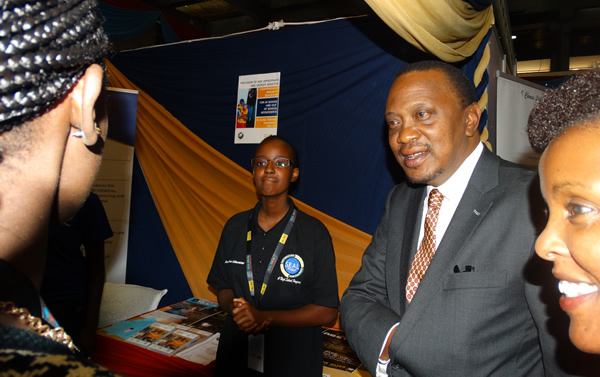
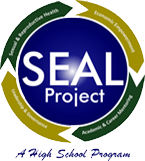
Introduction
The SEAL (Sexual reproductive health, Economic empowerment, Academic and career mentoring, Leadership and governance) project was initiated in 2009 in Nairobi County and later expanded to two other counties i.e. Machakos and Uasin Gishu counties. Currently the project is being implemented in Nairobi, Machakos, & Uasin Gishu counties with prospects of expanding to Turkana in 2016.
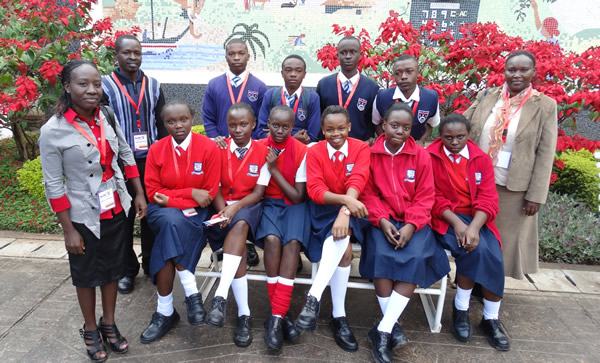
The project seeks to meet the Sexual Reproductive Health needs of secondary school students through addressing the social determinants of health i.e. education and poverty. Embedded in the project is the human rights based approach to programming and advocacy for Comprehensive Sexuality Education (CSE) in schools. The expected outcomes of the project is reduced teenage pregnancies, increase in age of sexual debut and reduction in rates of HIV incidence among the school going population. The primary target population for this project is secondary school students while the secondary targets are the school boards of management, parents, and teachers as life skills promoters.
Project Goal The project seeks to improve reproductive health outcomes for young people in secondary schools through a holistic approach that addresses social determinants of health
Project Objectives
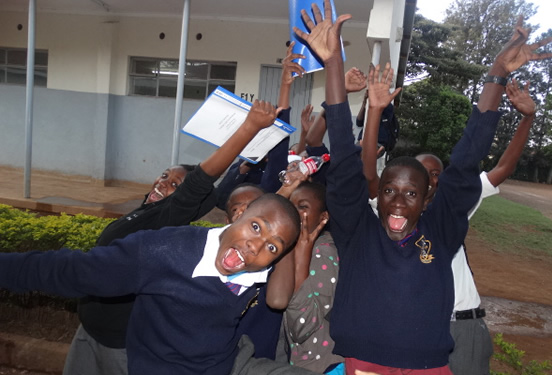
Achievements
Scope
The SEAL project is implemented in Machakos, Nairobi and Uasin Gishu Counties
Our Partners
Project Goal Jiimarishe ERIKS project seeks to reduce HIV incidence among 15-19 year olds in Kisii County
Project Objectives
Achievements
Scope
The project is implemented in 10 secondary schools in Kisii County
Our Partners
Jiimarishe UNFPA is a project funded under the GOK/UNFPA 8th Country Programme that responds to national priorities as articulated in the second medium term plan 2013-2017 of Kenya Vision 2030, and contributes to the United Nations Development Assistance Framework 2014-2018. The programme targets its interventions in Homabay, Kilifi and Nairobi counties. The Jiimarishe UNFPA project seeks to increase priority on adolescents, especially on very young adolescent girls, in national development policies and programs as well as increase availability of comprehensive sexuality education and sexual and reproductive health.
Project Goal The Jiimarishe UNFPA project’s goal is to increase priority on adolescents, especially on very young adolescent girls, in national development policies and programs, particularly increased availability of comprehensive sexuality education and sexual and reproductive health.
Project Objectives
Achievements
Scope The project targets Nairobi, Homa bay and Kilifi counties
Our Partners
UNFPA, MOH and MoEST